Ever wondered how long is 2 miles really? It sounds short until you’re halfway through a “quick walk” and starting to wonder if you accidentally signed up for a marathon. Two miles in a car? Blink and you’re there. 2 miles on foot? Suddenly, it feels like a personal endurance test sponsored by your aching calves. Whether you’re jogging around the block, pacing a golf course, or trying to visualize the length of 32 football fields, this guide is your reality check. Get ready to laugh, learn, and finally see what 2 miles actually looks like no treadmill suffering required.
2 Miles Conversions
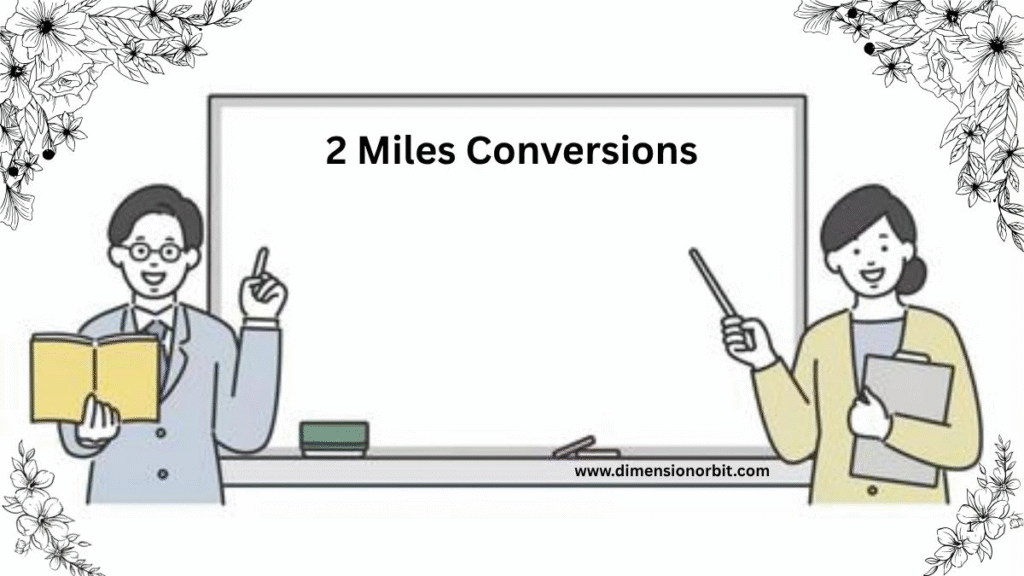
Let’s start with the basics. Two miles equal 10,560 feet, which comes out to 3,520 yards or about 3,218.7 meters. In kilometers, that’s roughly 3.22 km. These numbers might sound dry at first, but they’re essential for anyone switching between metric and imperial systems. When you’re traveling abroad or using a GPS app that measures in kilometers, knowing that 2 miles is a little over 3.2 kilometers helps everything click into place.
To put it another way, if you were to draw a 2 mile circle on a city map, that circle would stretch just over three kilometers in every direction. It’s a distance that can feel short in a car but surprisingly long on foot. Still, it’s not unmanageable it’s the perfect benchmark for understanding moderate daily distances in walking, running, or commuting.
The Golf Course

Picture yourself on a lush golf course. A standard 18-hole golf course usually covers about 1.5 to 2 miles if you walk straight through from the first to the last hole. Of course, golfers rarely walk in straight lines; they zigzag across fairways and greens, easily racking up over four miles per game. But if you could stretch that course in a single line, its total length would give you a solid sense of what two miles look like laid across the landscape.
14 Common Things That Weighs 1 Gram
Football Fields End to End
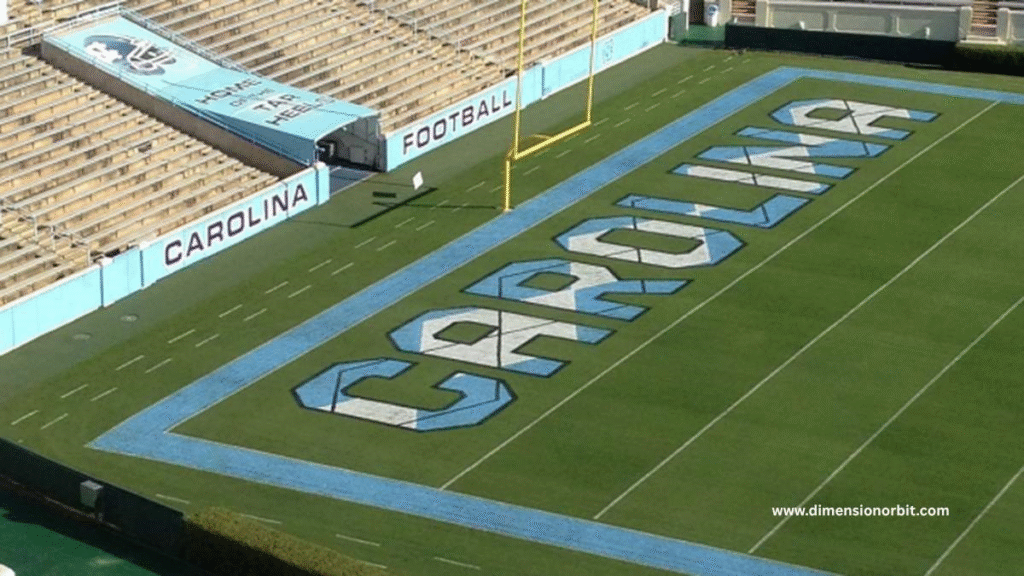
If sports make more sense to you, imagine a football field instead. Including end zones, an NFL field measures 360 feet. That means two miles equal roughly 29 to 32 football fields placed back to back. Picture standing at one end and seeing thirty two fields lined up by the time you reached the far end, you’d have walked the full 2 mile distance. It’s a comparison that sticks because it translates a number into something we can instantly picture.
Running Track Laps
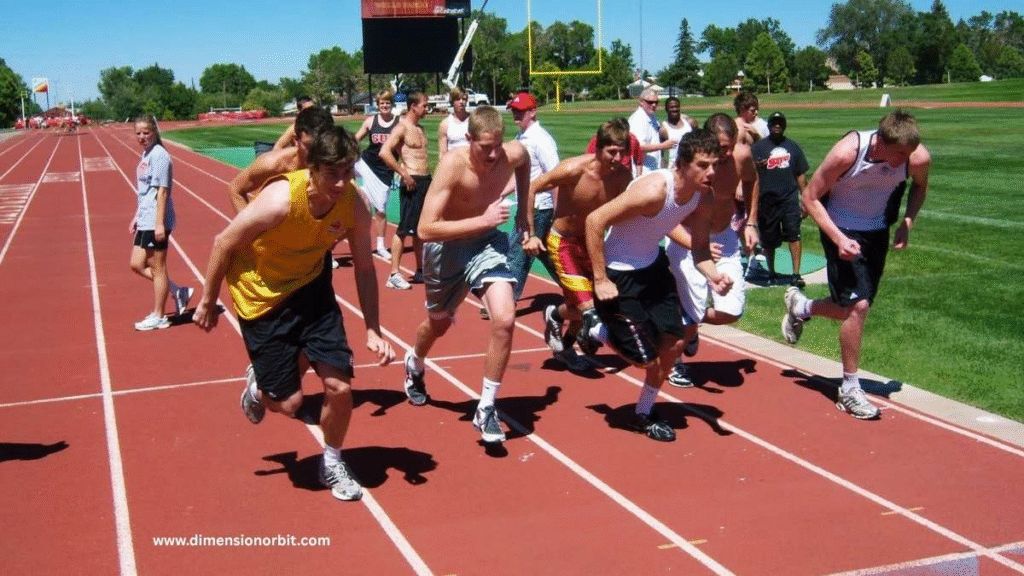
For anyone who’s ever run around a school or gym track, here’s a practical way to measure. A standard track is 400 meters long, which equals about a quarter of a mile. That means eight laps give you roughly two miles. If you’ve ever participated in a fitness test or watched athletes training, you’ve probably seen them circling the track multiple times. Those eight laps are exactly the two miles we’re talking about here. It’s a convenient way to measure without any tools your own pace and stamina become the yardstick.
10 Common Things That Weigh 100 Kilogram
Twice the Depth of the Grand Canyon

For a more dramatic visualization, think vertically. The Grand Canyon’s deepest point is about 6,000 feet, or just over one mile. So two miles would be almost twice its depth. Imagine looking down from that height now double it. That’s how far two miles stretch horizontally. It’s a staggering image that gives the distance a whole new kind of weight.
The human brain struggles to visualize numbers like “10,560 feet,” but everyone can picture the dizzying drop of the Grand Canyon. Seeing that same measure laid flat across land makes two miles feel vast, yet still within reach.
A 30–35 Minute Walk
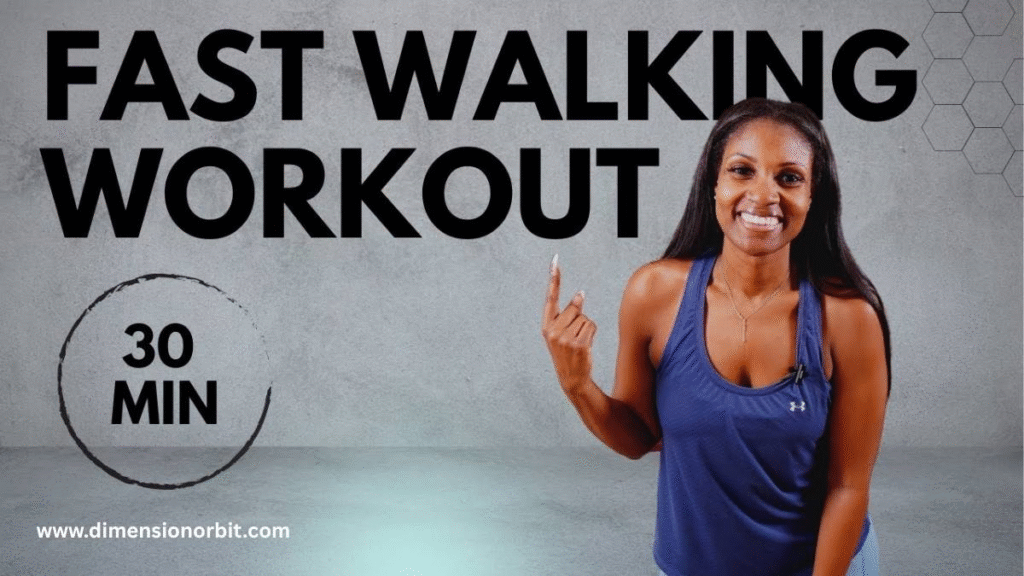
Now let’s bring things down to street level. If you walk at an average pace of three to four miles per hour, covering two miles takes about 30 to 35 minutes. That’s the time it takes to listen to a short podcast episode or two or stroll through a neighborhood park and back. For fitness trackers, that distance usually translates to around 4,000 steps, depending on your stride.
This makes two miles an ideal daily walking goal. It’s long enough to get your heart rate up but short enough to fit into a lunch break or an evening walk. And over time, walking this distance regularly can make a real difference for your health and mood.
15 Things That Are About 50 Inches Long or Big
City Blocks in Real Life
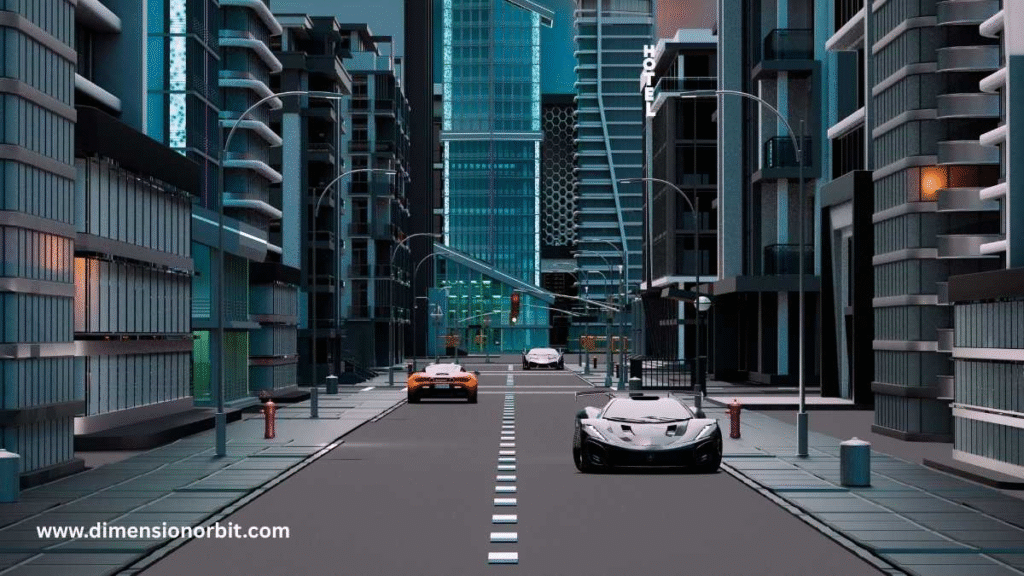
If you live in a city, you can picture this more precisely. The average U.S. city block measures about 1/20 of a mile, meaning there are roughly 20 blocks in one mile. Multiply that by two, and you get about 40 blocks for two miles. Depending on your city’s layout, this might vary slightly, but it’s a handy rule of thumb.
Imagine walking from Times Square to the Empire State Building and back that’s right around two miles. City planners use this kind of calculation all the time to determine walkable distances between landmarks, stores, and public transit stops.
Statue of Liberty Heights

Here’s a more unusual way to visualize it. The Statue of Liberty, from base to torch, stands about 305 feet tall. If you stacked about 34 of those statues one on top of another, you’d reach almost exactly two miles high. It’s a wild image 34 towering statues rising into the clouds but it helps translate an otherwise abstract distance into something unforgettable.
When you picture the two-mile mark, think of those familiar monuments stretching skyward. It’s a reminder that even seemingly short distances can represent massive scales when viewed differently.
Olympic Swimming Pool Lengths
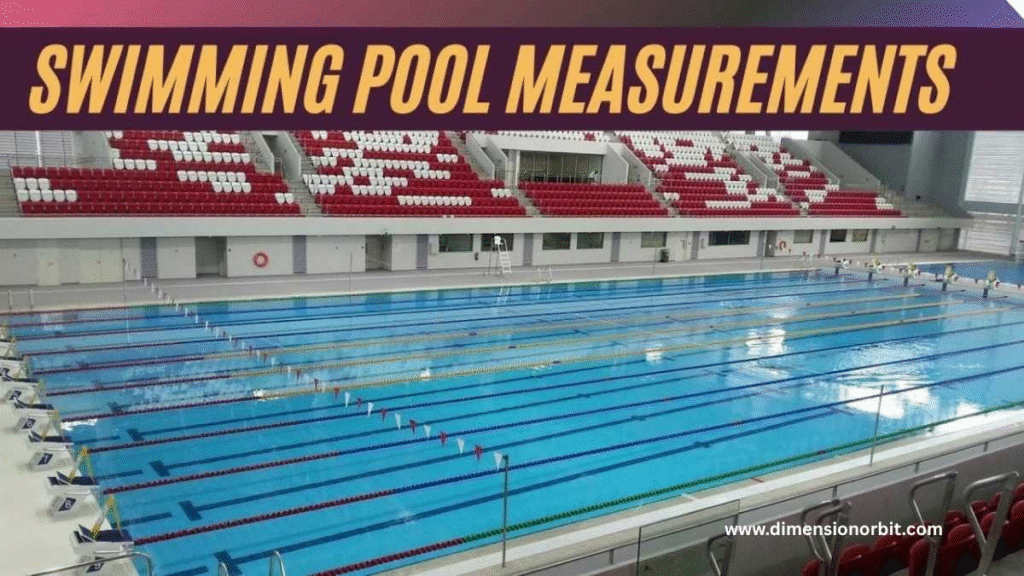
An Olympic pool is 50 meters long, or roughly 164 feet. Two miles equal 10,560 feet, so that’s about 64 pool lengths laid end to end. Swimmers use this kind of conversion to measure endurance. To swim the distance of two miles, you’d need to cross an Olympic pool 128 times, back and forth. It’s a powerful way to appreciate how far that distance actually feels in motion.
A Casual 20 Minute Bike Ride

Cycling offers another practical comparison. At a comfortable speed of 6 to 8 miles per hour, you can ride two miles in about 15 to 20 minutes. That’s the equivalent of pedaling through a small town, across a neighborhood, or between two local landmarks. On a flat road, it’s quick; on hills, it’s a bit of a workout. Many people use this kind of route for short commutes or warm ups, proving just how manageable two miles can be when you’re on wheels.
The Size of 16 Boeing 747 Jets
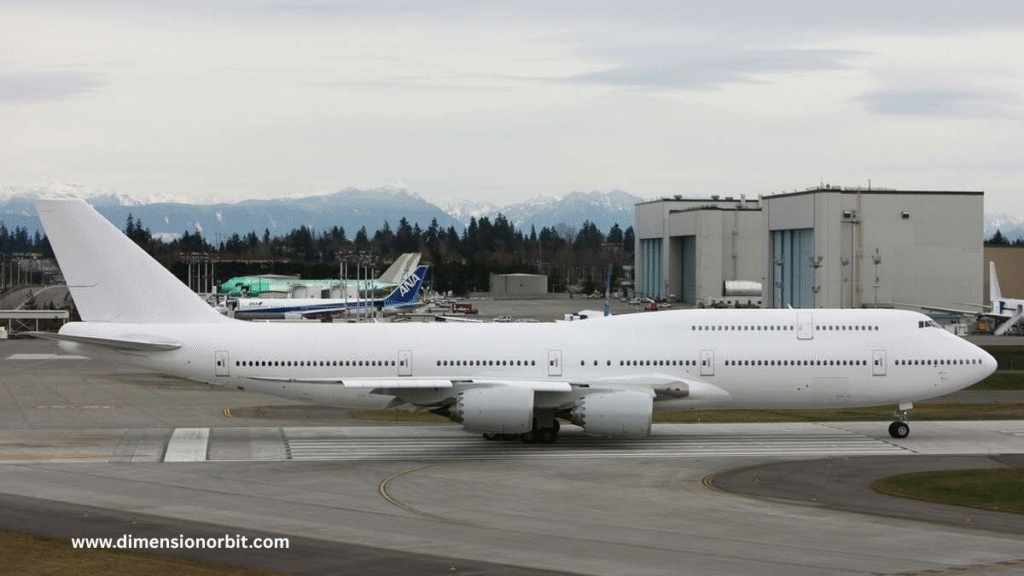
Let’s take to the skies for one last visual. A Boeing 747 is about 231 feet long. If you lined up 45 of them nose to tail, they’d cover just about two miles. Imagine standing at the first jet and seeing row after row of these massive aircraft stretching into the horizon. The number alone captures how long two miles truly is, especially when measured in objects that most of us consider gigantic.
2 Miles Without Any Tools

If you ever need to estimate two miles without using a device, you have several reliable options. Time based measurement is the simplest. If you know your average pace, you can calculate how long it takes to walk, run, or cycle a given distance. For example, walking two miles at three miles per hour takes around forty minutes, while running at six miles per hour takes twenty minutes.
Another method involves counting steps. The average adult’s stride is about 2.5 feet long, so you’d need roughly 4,200 steps to cover 2 miles. Fitness trackers like Apple Health, Strava, or Fitbit make this easy to confirm. Even without a device, you can use familiar landmarks like parks, main roads, or local routes to estimate distances you already know. Google Maps can also measure exact paths; simply drop two pins and check the “measure distance” option to see your route’s total length.
Everyday Uses for the 2 Mile Measurement
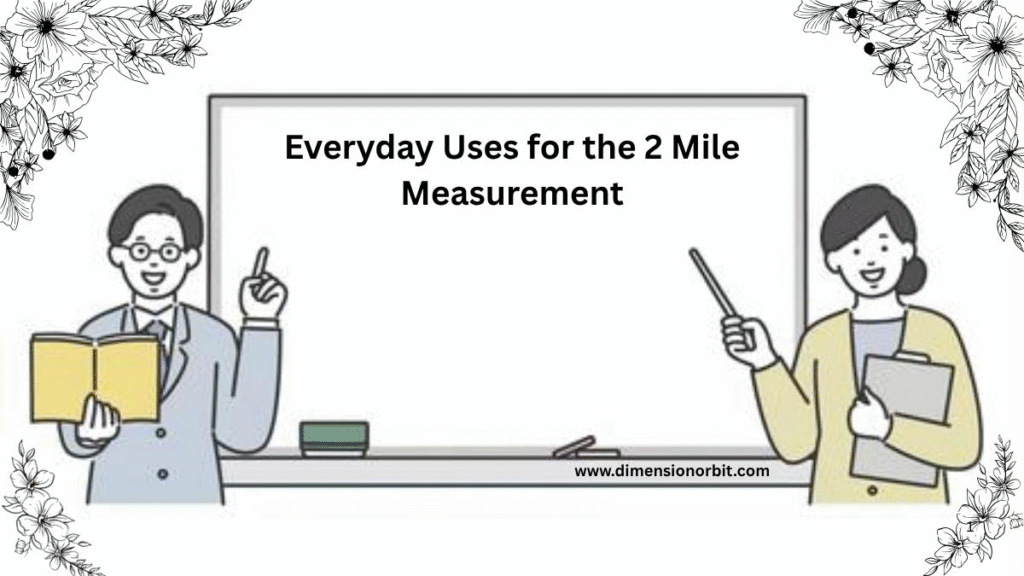
Understanding what two miles look like has surprising real-world applications. In fitness, it’s a standard benchmark used in training programs, military tests, and personal goals. The U.S. Army’s Physical Fitness Test, for example, measures endurance based on a 2 mile run. It’s a universally accepted distance for gauging cardiovascular performance.
In urban planning, the 2 mile radius often defines the area people can comfortably walk or bike to reach essential amenities. City designers use it to improve accessibility and design more walkable communities. Businesses rely on it too, drawing a 2 mile “customer zone” on maps to identify how far their typical shoppers are willing to travel.
Emergency services even use this measurement to model evacuation zones and assess safety radii. The two mile scale, in short, bridges convenience and practicality it’s far enough to matter but close enough to manage.
Digital tool
Digital tools like omnicalculator.com can convert inches to centimeters or feet instantly. Many smartphone apps now offer augmented reality measuring features, allowing you to gauge objects virtually and compare them to known lengths.
FAQs
How far is 2 miles in kilometers?
2 miles equals about 3.22 kilometers. So, if you ever find yourself in Europe asking for directions, you’ll sound worldly saying, “It’s just over three kilometers away.”
How long does it take to walk 2 miles?
On average, it takes about 30 to 35 minutes to walk 2 miles at a normal pace of around 3–4 mph. If you’re walking with a purpose (like chasing down an ice cream truck), you might get there in under 25 minutes.
How long does it take to run 2 miles?
That depends on your fitness level. A beginner might take 18–20 minutes, while a seasoned runner could clock it in under 14 minutes. If you’re sprinting from a bee swarm well, personal best incoming!
How many steps are in 2 miles?
Roughly 4,000 to 5,000 steps depending on your stride length. If you’re counting steps on your Fitbit or phone, that’s a nice chunk toward your 10,000 step daily goal.
What does 2 miles look like in real life?
Picture 32 football fields end to end, or walking 20 laps around a standard 400 meter running track. You could also imagine stacking 34 Statues of Liberty that’s the same distance, just more patriotic.
How far is 2 miles to drive?
Driving 2 miles takes around 2 to 4 minutes depending on traffic and speed limits. If you’re late for work, it somehow takes longer thanks, red lights.
Can you see 2 miles away?
On a flat, open area like a beach or plain, yes you can generally see up to 3 miles before the Earth’s curve hides the rest. So technically, you can see two miles ahead… unless it’s foggy, of course.
How long is 2 miles in feet and meters?
2 miles equals 10,560 feet or 3,218.7 meters. That’s quite a stretch especially if you’re measuring with a ruler.
Is walking 2 miles a day good for you?
Absolutely! Walking 2 miles daily can help burn around 150–250 calories, boost your mood, and improve heart health. It’s like medicine without the co pay.
What are some examples of 2 miles?
Imagine walking the entire length of New York’s Central Park, or the distance between the Eiffel Tower and the Arc de Triomphe. In short it’s a walkable, but not forgettable, distance.
Final Thoughts:
The next time someone asks how far is two miles, you’ll have more than just a number you’ll have perspective. You’ll be able to picture a stretch across a golf course, a stroll covering forty city blocks, or a journey lasting thirty minutes on foot. You’ll know it’s roughly thirty two football fields long, twice the depth of the Grand Canyon, or as tall as thirty four Statues of Liberty stacked together.
Two miles aren’t overwhelming, but they’re impressive. It’s a sweet spot long enough to matter, short enough to achieve. So the next time you lace up your shoes, hop on a bike, or scroll through Google Maps, take a moment to visualize that familiar two mile stretch. Once you see it in terms, it’ll never feel abstract again.

Jhon AJS, the author of Dimension Orbit, is an experienced blogger fascinated by the mysteries of existence. He explores every type of dimension from scientific to spiritual with clarity and creativity. Jhon’s engaging writing style invites readers to think deeper, question reality, and discover new perspectives on the universe.






